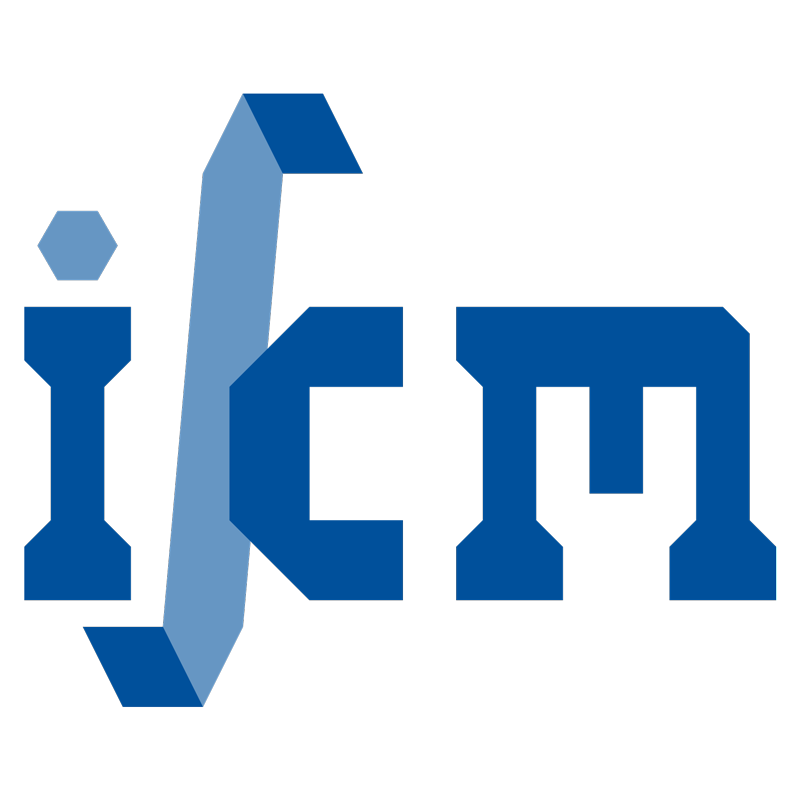An adaptive global–local approach for phase-field modeling of anisotropic brittle fracture
- authored by
- Nima Noii, Fadi Aldakheel, Thomas Wick, Peter Wriggers
- Abstract
This work addresses an efficient Global–Local approach supplemented with predictor–corrector adaptivity applied to anisotropic phase-field brittle fracture. The phase-field formulation is used to resolve the sharp crack surface topology on the anisotropic/non-uniform local state in the regularized concept. To resolve the crack phase-field by a given single preferred direction, second-order structural tensors are imposed to both the bulk and crack surface density functions Accordingly, a split in tension and compression modes in anisotropic materials is considered. A Global–Local formulation is proposed, in which the full displacement/phase-field problem is solved on a lower (local) scale, while dealing with a purely linear elastic problem on an upper (global) scale. Robin-type boundary conditions are introduced to relax the stiff local response at the global scale and enhancing its stabilization. Another important aspect of this contribution is the development of an adaptive Global–Local approach, where a predictor–corrector scheme is designed in which the local domains are dynamically updated during the computation. To cope with different finite element discretizations at the interface between the two nested scales, a non-matching dual mortar method is formulated. Hence, more regularity is achieved on the interface. Several numerical results substantiate our developments.
- Organisation(s)
-
Institute of Applied Mathematics
Institute of Continuum Mechanics
PhoenixD: Photonics, Optics, and Engineering - Innovation Across Disciplines
- Type
- Article
- Journal
- Computer Methods in Applied Mechanics and Engineering
- Volume
- 361
- ISSN
- 0045-7825
- Publication date
- 01.04.2020
- Publication status
- Published
- Peer reviewed
- Yes
- ASJC Scopus subject areas
- Computational Mechanics, Mechanics of Materials, Mechanical Engineering, General Physics and Astronomy, Computer Science Applications
- Electronic version(s)
-
https://doi.org/10.48550/arXiv.1905.07519 (Access:
Open)
https://doi.org/10.1016/j.cma.2019.112744 (Access: Closed)
-
Details in the research portal "Research@Leibniz University"


